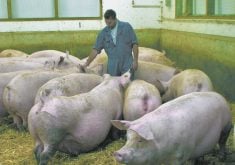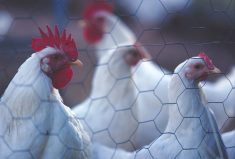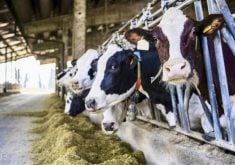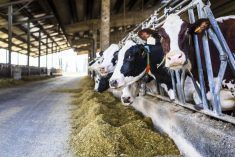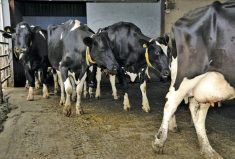Compliance with the traceability requirements of the proAction dairy farming validation program should be straightforward if producers continue entering on-farm events in the nationwide database, says the organization in charge of administering the rules.
“(proAction) validators will expect producers to have a traceability report on hand when they visit the farm,” said Melissa Hurst, DairyTrace program manager for the Guelph-based Lactanet milk and genetics recording agency.
The dairy traceability module portion of proAction, an initiative run by Dairy Farmers of Canada, comes into effect Sept. 1 across Canada.
Read Also
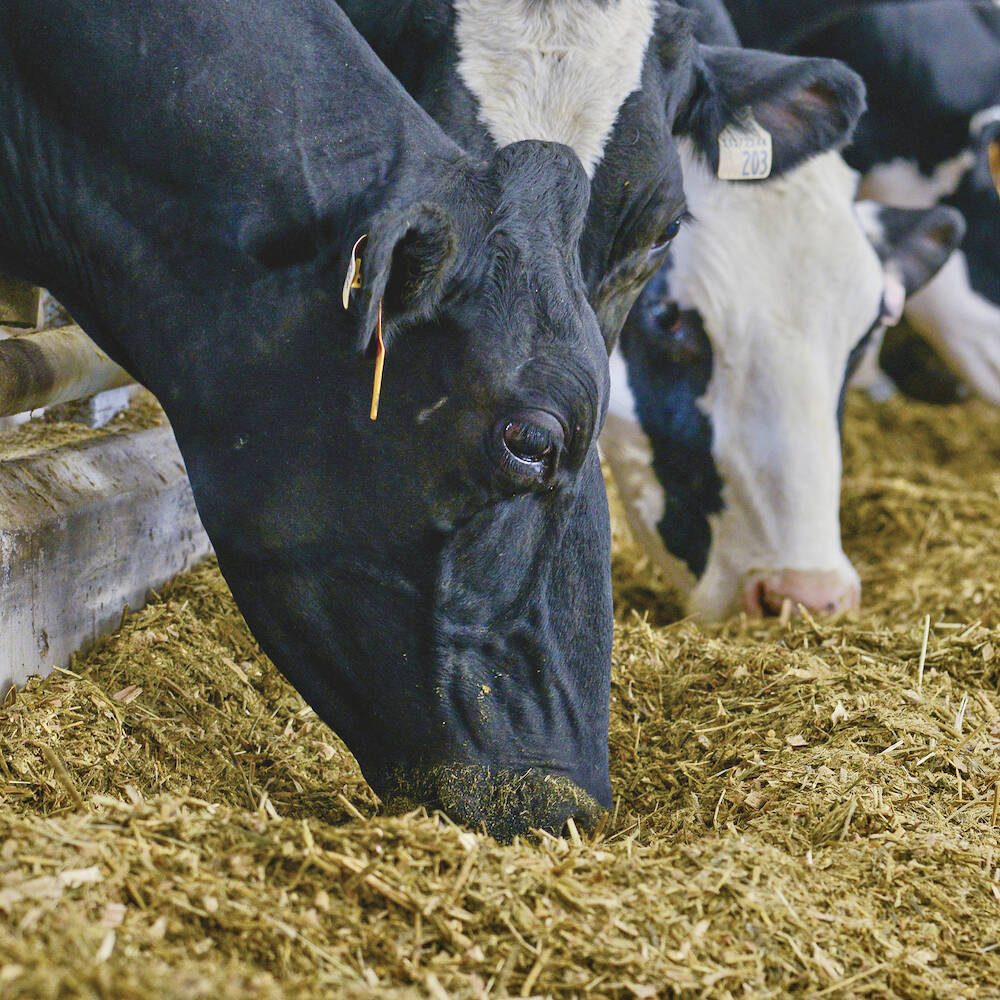
Byproducts with benefits for dairy cows
Local food processors can be a source of financially advantageous byproducts for dairy cows, but make sure the ration is properly balanced.
Why it matters: Additional record keeping takes time but is important to Dairy Farmers of Canada’s program to ensure quality product and reputation.
Lactanet launched DairyTrace, a national dairy cattle traceability program for Canadian dairy farmers, in 2020 and the organization was chosen by DFC to be responsible for the traceability module of proAction.
As of Sept. 1, validators will require a report indicating all births on the farm, all movements of cattle into the herd and all de-activation of identification tags through either on-farm disposal of deadstock or live export.
Phased-in or “recommended” elements of the traceability module include the recording of all movements off the farm to slaughter, auction yards or deadstock processors, transitioning away from using single-button yellow “beef” tags for bull calves, and streamlining dairy cattle tag ordering options under one DairyTrace umbrella.
Hurst says the goal is to create a single database of all dairy cattle in Canada to ensure rapid and effective response to any food safety or animal health incident.
Given that all Canadian dairy farms must have a Premises Identification Number, which must be noted on each producer’s DairyTrace account, compliance under proAction brings the sector much closer to that goal.
“Robust traceability practices mean quicker response times to emergencies, but they also provide better data for research and an improved understanding of the movement of Canadian cattle,” noted a message to dairy producers about proAction’s module.
Continued use of the single yellow tags for bull calves was a concession to smaller farmers who may have ordered in bulk and still have numerous unused tags. It doesn’t affect abattoirs or veal producers, and the yellow tags are still acceptable on the beef side.
Information from those yellow tags will make its way back to DairyTrace, although not in as streamlined a manner as with the recommended white-button tag alternative offered through the National Livestock Identification for Dairy program.
Dairy producers “are strongly encouraged” to use those white tags for bull calves, Hurst said, “and I would strongly encourage you to do some price comparison” on the two types of tags.
For those whose heifer calves are registered with Holstein Canada through Lactanet’s milk recording service provider, on-farm births are already being recorded into DairyTrace.
To ensure compliance effective Sept. 1, those producers will only need to submit their bull calf births, on-farm movements through cattle purchase and tag retirements through on-farm disposal or export.
Phased-in or optional traceability events such as off-farm movements (which will be recorded by the receiving farm or sales yard) won’t be required on the report to the proAction validator.
Hurst said the computer-based or smartphone app-based versions of DairyTrace are the quickest way for producers to print the report. Ontario producers were advised to set up online accounts effective Oct. 30, 2020, or use the versions that are embedded in third-party dairy farm management programs DairyComp and UNIFORM Agri.
The report will also be available by mail or fax from Lactanet for those who don’t use computers for farm management.




